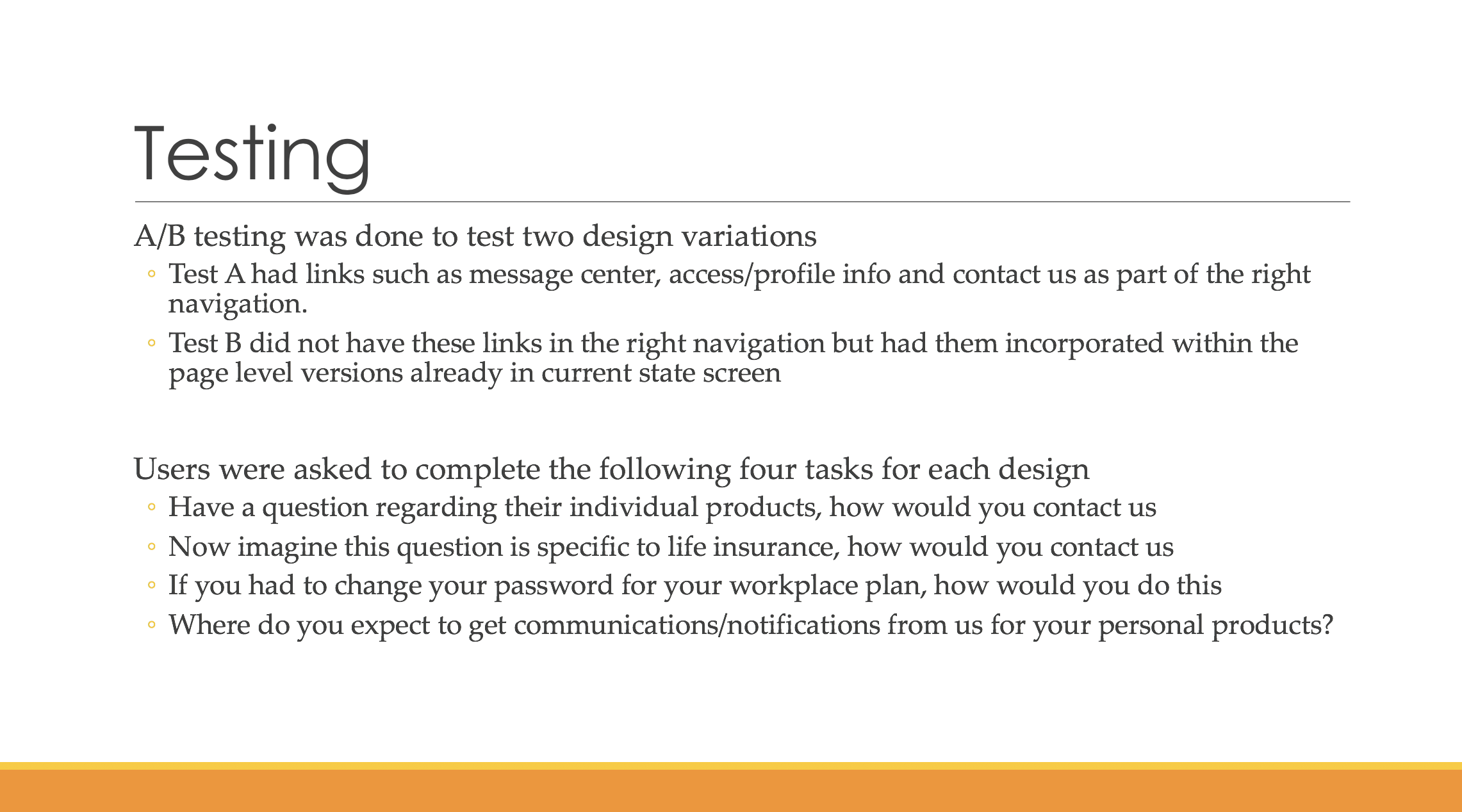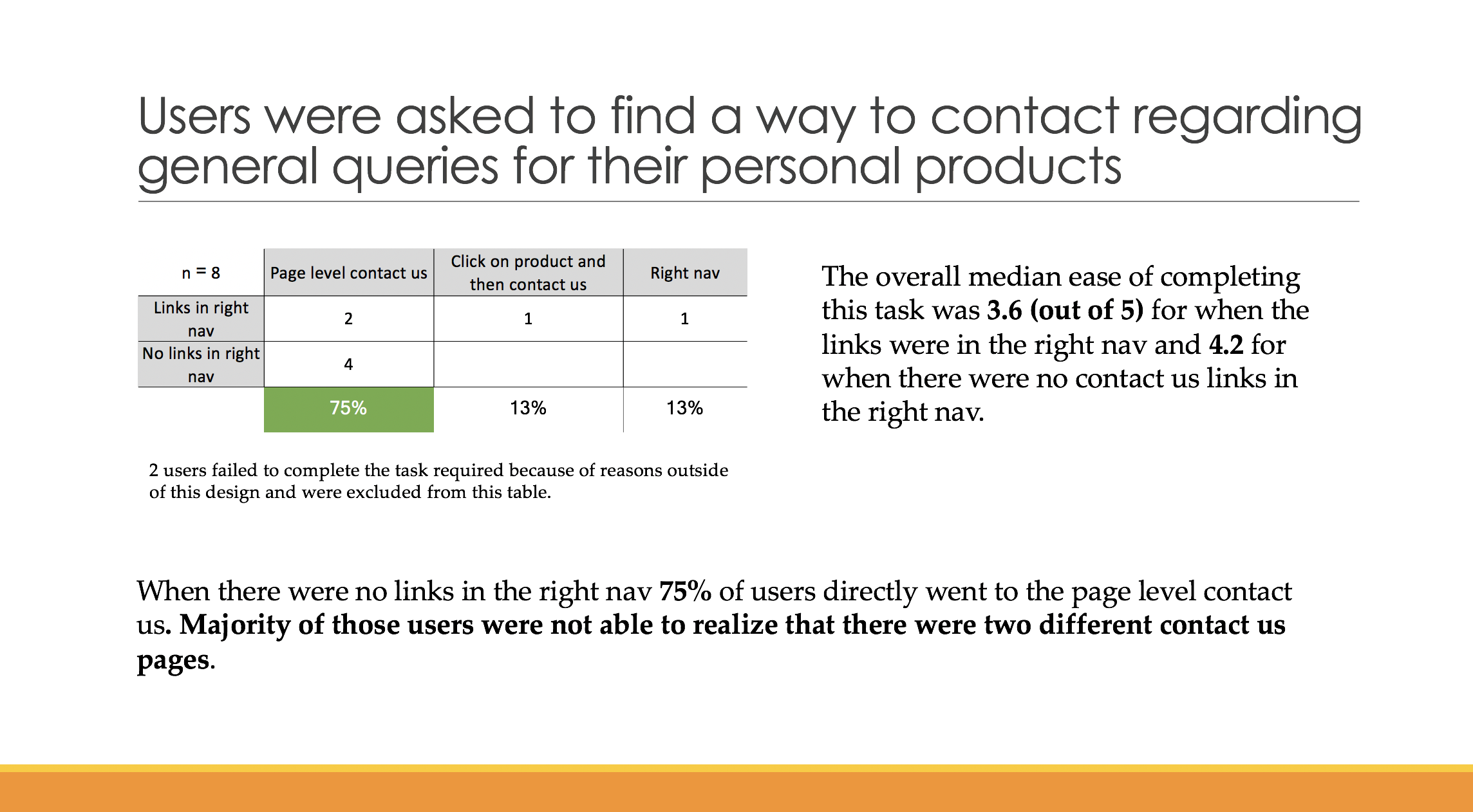USER TESTING
The more you get used to an environment, the more you are prone to loosing track of the changes around you. This hinders innovation and results in biased designs and opinions. One can counter this through many means, such as consulting colleagues, stepping away and coming back at the problem or researching what others have done. Another way to do this is through usability testing or user testing.
Here is a small snippet of how useful testing has been in my current position Finastra + UserTesting
Why I User Test:
Playground to test concepts that does not cost money or effect company
Allows to validate designs concerns coming from leadership and vice versa
Provide evidence based results to sell new changes and other future strategies.
How I User Test:
Figure out what needs to be tested and write a test script around it
Add some extra pre and post tasks to mask the actual task
Create a prototype in InVision or Axure
Mostly I would use usertesting.com, depending on the project i have also done in-person and guerrilla testing
Create a summarized report with key metrics such as, success rate and ease of use with comments from testers.
Other ways to gather input:
I also use a card sorting exercise when figuring out information architecture related problems such as the one shown in my casestudy
1-1 interviews to gather more qualitative feedback
Surveys
Overall, user testing is the biggest tool in my UX work. From ideation, to usability of a feature and validation of styles.
It is a tool in my arsenal that has worked for me countless times and keeps me close to my research background.




